Petunias are a favorite among gardeners for their vibrant colors, cascading growth habit, and long blooming season. Whether spilling from hanging baskets, lining garden beds, or brightening up containers, petunias add undeniable charm to any outdoor space. However, many gardeners encounter a frustrating problem: while petunias start the season bursting with blooms in spring and early summer, they often slow down or stop flowering altogether by mid-summer.
If you’ve found yourself wondering why your petunias seem to lose their bloom power just when your garden is in full swing, you’re not alone. Several environmental, cultural, and biological factors contribute to this mid-season bloom decline. In this article, we’ll explore the common reasons petunias stop blooming in mid-summer and offer practical solutions to revive them for a season-long floral show.
The Impact of High Summer Temperatures
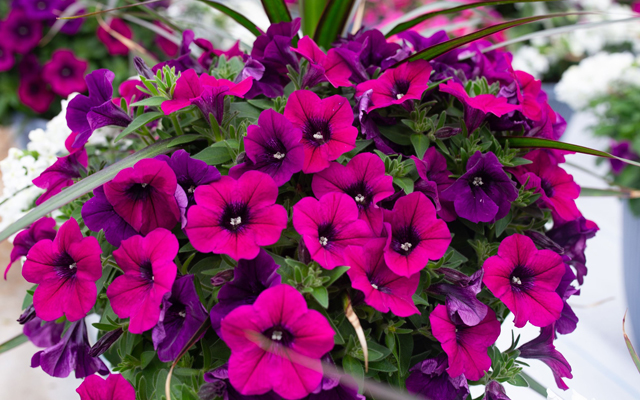
Heat Stress on Petunias
Petunias prefer moderate temperatures, typically between 60°F and 75°F (15°C to 24°C). As summer peaks and temperatures soar past 85°F (29°C), petunias experience heat stress. Excessive heat affects their ability to produce and sustain blooms.
How Heat Affects Blooming:
- Reduces flower bud formation.
- Causes existing blooms to wilt and drop quickly.
- Slows overall plant metabolism.
Solution:
- Provide afternoon shade during the hottest part of the day.
- Mulch around the base of plants to keep root temperatures down.
- Water consistently in the morning to help plants face the day’s heat.
Insufficient Deadheading
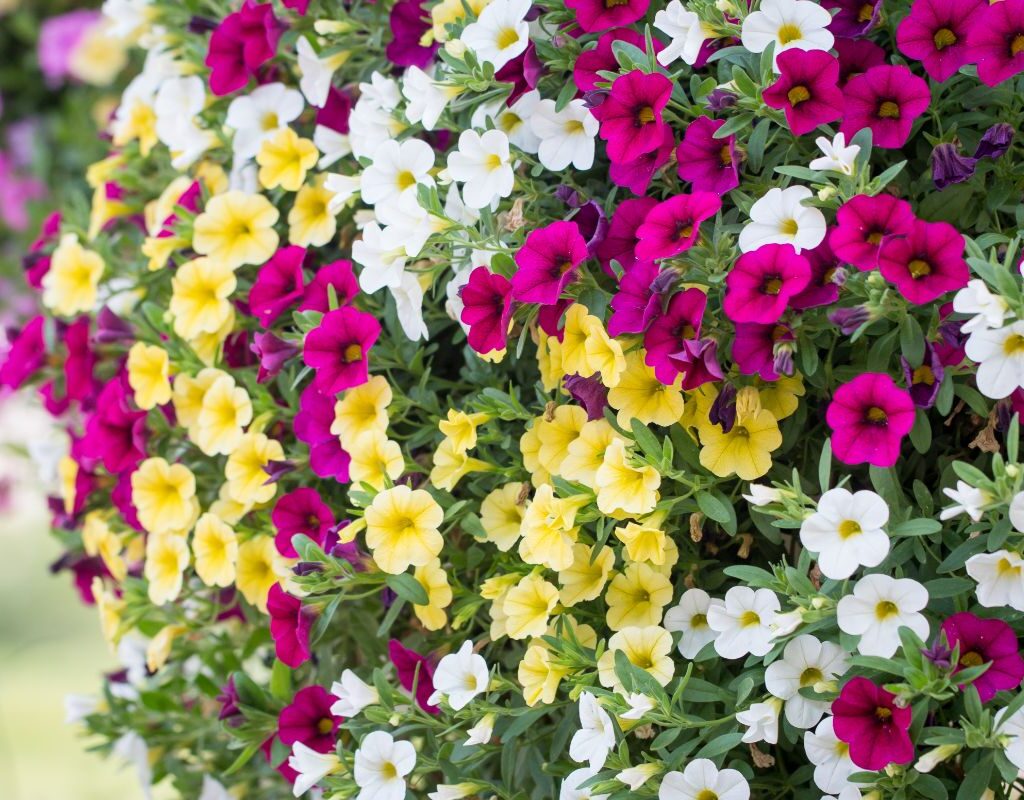
Deadheading, or removing spent blooms, is crucial for petunias. If old flowers are left on the plant, it will divert energy toward seed production rather than generating new blooms.
Why Deadheading Matters:
- Stimulates the plant to focus on new flower buds.
- Keeps the plant looking neat and tidy.
- Prevents seed formation, which signals the plant to slow bloom production.
Solution:
Pinch or snip off faded flowers regularly, including the seed pod beneath the bloom. Some newer petunia varieties, like Wave or Supertunia®, are self-cleaning, but even these benefit from occasional deadheading in mid-summer.
Nutrient Imbalances
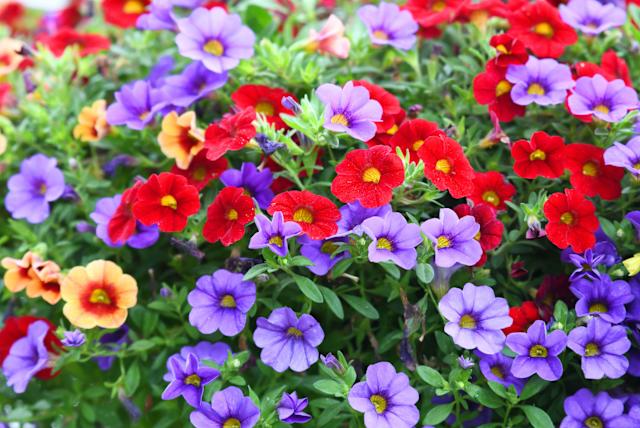
Petunias are heavy feeders, especially when grown in containers or hanging baskets. A lack of proper nutrients — or too much of one type — can lead to poor flowering.
Common Nutrient Issues:
- Too much nitrogen: Promotes lush green foliage at the expense of flowers.
- Lack of phosphorus and potassium: These are essential for bud and flower formation.
Solution:
Feed petunias with a balanced, water-soluble fertilizer or one labeled for flowering plants, like 10-20-15 or 15-30-15, every 7-10 days during the growing season. Reduce nitrogen-heavy feedings in mid-summer and increase phosphorus for better blooms.
Leggy Growth and Overcrowding
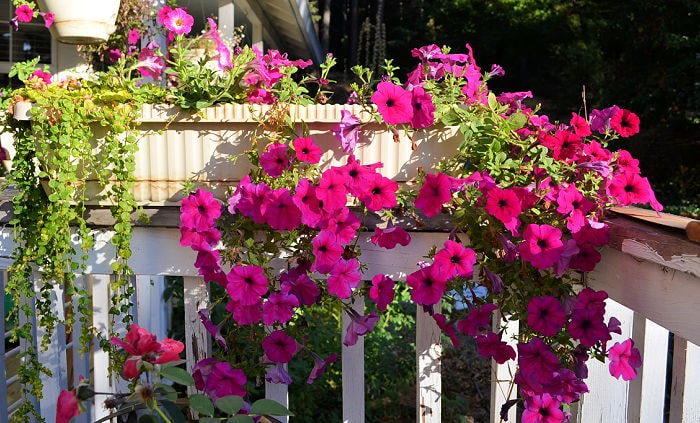
As petunias grow, they tend to become leggy — long stems with fewer leaves and flowers. This often occurs when:
- Plants compete for sunlight.
- Air circulation is poor.
- Stems grow unchecked without periodic pruning.
Leggy plants produce fewer flowers because their energy is focused on sustaining elongated stems instead of developing blooms.
Solution:
- Pinch back or cut stems by one-third to one-half in mid-summer to encourage bushier, more compact growth.
- Thin out overcrowded beds or containers.
- Maintain proper plant spacing when planting in spring.
Watering Mistakes
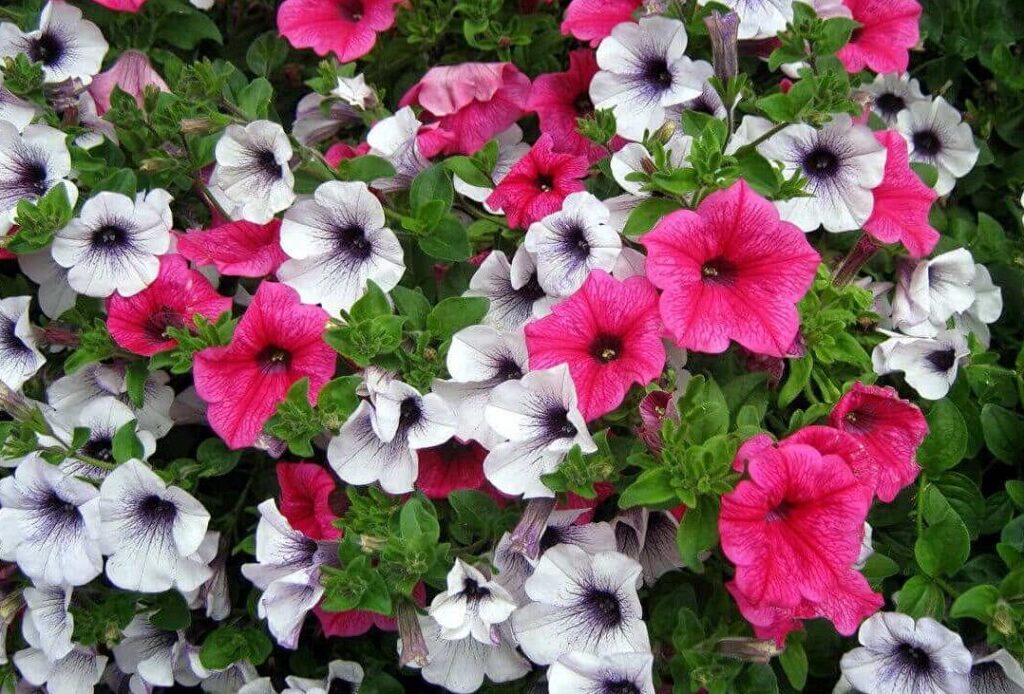
Both underwatering and overwatering can negatively impact petunia blooming.
Watering Issues:
- Underwatering: Causes stress, wilted flowers, and dropped buds.
- Overwatering: Leads to root rot and discourages blooming.
Solution:
- Check soil moisture regularly; water when the top 1-2 inches of soil feels dry.
- Ensure containers have proper drainage.
- Water deeply in the morning rather than with shallow, frequent sips.
Pest and Disease Pressure
Mid-summer brings an increase in garden pests and fungal diseases, both of which can compromise bloom production.
Common Petunia Pests:
- Aphids
- Spider mites
- Caterpillars
- Thrips
Common Diseases:
- Powdery mildew
- Botrytis (gray mold)
- Root rot
Solution:
- Inspect plants regularly for signs of pests and treat early with insecticidal soap or neem oil.
- Avoid overhead watering to reduce fungal issues.
- Remove infected or dead plant material promptly.
- Ensure good air circulation around plants.
Natural Flowering Cycle
Even with perfect care, petunias naturally have a mid-season slump. After several months of continuous blooming, the plants need a rest period to rejuvenate.
Solution:
In late July or early August:
- Trim back petunias by about one-third to stimulate fresh growth.
- Feed with a balanced or bloom-boosting fertilizer.
- Water consistently.
Within 1-2 weeks, new growth and flower buds should appear, reviving your petunia display for the remainder of the season.
Container Limitations
Petunias grown in containers or hanging baskets can deplete soil nutrients and become rootbound by mid-summer.
Effects of Being Rootbound:
- Reduced nutrient and water absorption.
- Stunted growth.
- Fewer or no flowers.
Solution:
- Replenish the top few inches of soil with fresh potting mix.
- Repot overly rootbound plants into larger containers.
- Use slow-release fertilizer granules in addition to liquid feedings.
Conclusion
Petunias are beloved for their lively, colorful displays, but like all plants, they have their seasonal challenges. If your petunias stop blooming in mid-summer, it’s typically due to a combination of heat stress, nutrient imbalances, lack of deadheading, pests, and natural growth cycles. Understanding these factors is the first step toward restoring your plants’ vitality.
By practicing consistent care — regular deadheading, balanced feeding, proper watering, pruning, and timely pest management — you can keep your petunias healthy and blooming beautifully well into fall.
Petunias may need a little extra attention during the hottest months, but with a mid-season refresh and ongoing maintenance, they’ll reward you with vibrant, continuous color that brightens your garden, patio, or balcony until the first frost.
Pro Tip:
Choose heat-tolerant, self-cleaning petunia varieties like Supertunia Vista® or Wave® series for a more resilient, low-maintenance display throughout the entire summer.




Leave A Comment